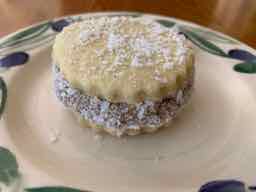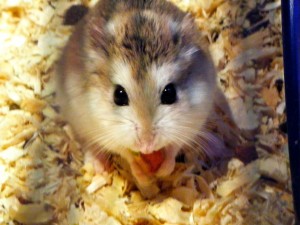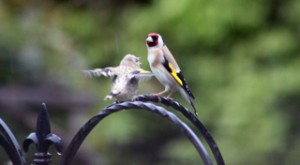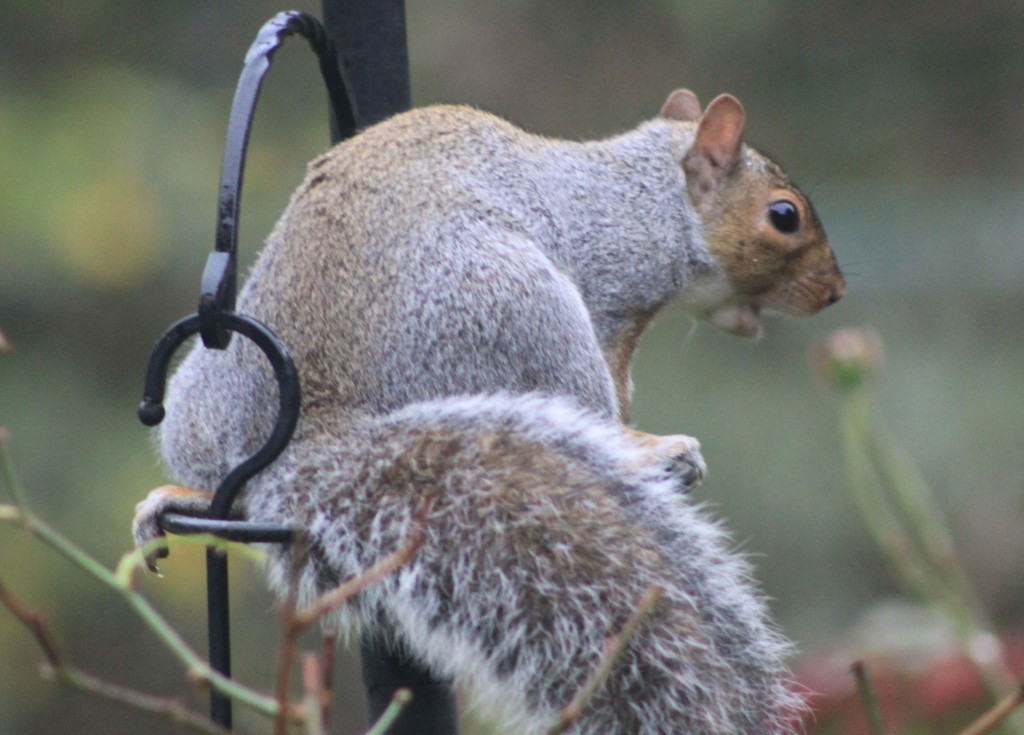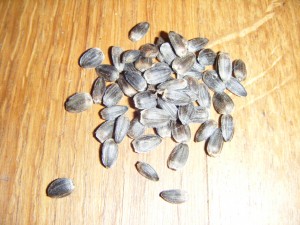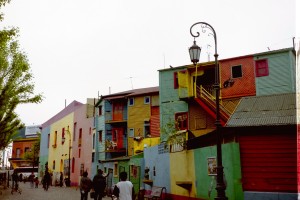Spanish Recipe for Kids – Alfajores
All countries and areas around the world have traditions built up over many years, and many of those traditions involve food, the preparation of it and the recipes that have evolved.
Everybody loves biscuits …
In Argentina the most well-known biscuits are called Alfajores, and they are frequently filled with Dulce de Leche, the most traditional and popular sweet filling not only in Argentina but also in the rest of South America.
Dulce de Leche
Dulce de Leche is like caramel but it does not contain any butter or margarine. It is made from cooking milk and sugar for a very long time.
An easy way to make your own Dulce de Leche is to put a tin of condensed milk in a saucepan with enough water that it covers the tin completely, bring the water to the boil, and simmer with the lid on for 3 hours (easier still if you can just leave it simmering in the oven for that time).
What are the most traditional cakes and biscuits where you live? Is there anything special about them? Do they have a story? Were they invented by mistake?!
Do read the recipe below and have a go at making ALFAJORES with DULCE DE LECHE. This is a printable worksheet of the recipe:
A Green Mouse Alfajores Recipe
But first, do some Spanish Practice via this video, transcript, and printable worksheet:
Argentina + Alfajores Recipe Video
Video Transcript
Argentina es un país.
Tiene 23 provincias.
América del Sur es un continente.
Argentina está en el extremo sur de Sudamérica.
Sudamérica es lo mismo que América del Sur.
Esta galleta se llama un alfajor.
Esta crema se llama dulce de leche.
Los sudamericanos comen muchos alfajores y mucho dulce de leche.
Son parte de su cultura y tradición.
¡Alfajores llenos de dulce de leche son muy ricos!
Un poquito de coco rallado es una buena idea también.
El resultado es bonito y delicioso.
Cada provincia de Argentina tiene una receta de alfajores preferida, cada país en Sudamérica también.
– – –
Easy Alfajores Recipe
Ingredients:
300g plain flour
200g caster sugar
100g soft butter
1 egg (beaten)
grated coconut (optional)
For the filling:
Dulce de Leche!
(buy a jar or buy a tin of condensed milk and make your own – see above)
Method:
– Mix the dry ingredients together
–
Rub in the butter
– Mix in the beaten egg to form a soft dough
– Roll out the dough with a rolling pin to about 0.5cm thick on a floured surface.
– Use cookie cutters to cut out round shapes about 4cm wide.
– Place them evenly on non-stick baking trays.
Bake, one tray at a time, in a pre-heated oven, 180C, for 8 minutes approximately. The biscuits need to be dried out/cooked through but not golden brown. To check if they are done, pick one up gently and look underneath.
If the dough is still slightly wet on the underside of the biscuit put the biscuits back in the oven for a little longer.
(There is no point in having raw biscuits – better golden than raw)
When the biscuits have cooled they can be stored or even frozen until you are ready to eat them.
When you ARE ready, put some grated coconut in a flat bowl and open a jar/tin of dulce de leche. Turn the biscuits upside down and put two biscuits together at a time with a generous 1cm+ layer of dulce de leche in the middle.
Squeeze the biscuits together so that the dulce de leche sticks out a little.
Roll the biscuit sideways along the grated coconut so that it sticks to the dulce de leche.
When all the biscuits are ready, sprinkle a little grated coconut over them for decoration and serve.

